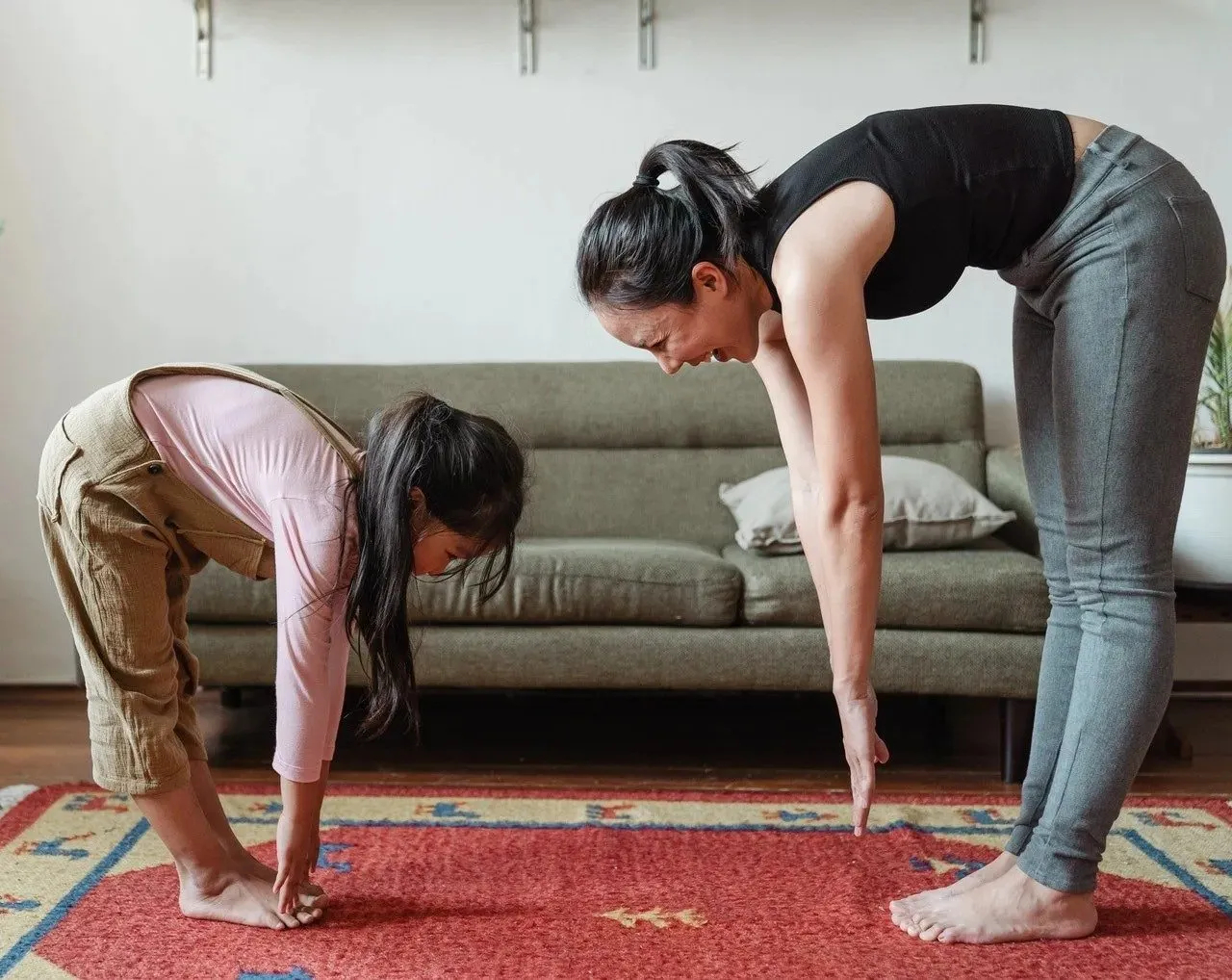It’s a new year and 2020 is behind us (thank goodness)! And with the calendar turning to 2021, comes new resolutions – many of which will have to do with exercise and goals for strength and weight loss.
When starting a new exercise program, or picking one back up after an indulgent-filled holiday season, you must be conscious of overtraining and undereating or calorie restriction, which often go hand-in-hand. This is a recipe for disaster for your health and achieving your goals.
Often trainers push the intensity for all aspects of health like promoting the restriction of calories and carbs. Many of the total transformation programs that are prevalent in the new year rely on the competitive nature of the participants by encouraging double classes, participating six days a week, and even offering prizes or reduced rates for weight loss check-ins. Remember weight loss is not the determinant of health and wellness.
We do not lose weight to get healthy. When we are healthy, the body will let go of the weight.
The goal for exercise should be to get to the “Goldilocks Zone” where you’re pushing hard enough to challenge your body at your current level of fitness, while allowing your body to recuperate in between workouts.
Listen to your body! As a physical therapist, I have too often seen patients who have been in the heat of the moment on the field or in the process of a workout and pushed through the pain to later find out they played 45 minutes on a broken foot or ran six more miles to finish the marathon with a torn ligament. They convinced themselves that it was just normal fatigue and pushing through would make it better.
10 Tips to Effectively Exercise and Avoid Injury in 2021
- Go at your own individual pace and do not compare yourself to others in the class or at the gym.
- If you are new to exercising, ease into the workout. Maybe that means resting 30 min of the 60 min class or leaving early as you build your strength and endurance.
- As a beginner, find yourself a good, well-established personal trainer who can guide you safely through the process so you get what you need to build your body for the long run.
- I recommend working out 2 days on and 1 day off. Avoid the trap of high intensity Monday-Friday and then sit-on-the-couch Saturday and Sunday. Or run around like a crazy person with the kids all weekend without a break or recovery time.
- All athletes have training cycles. They do not push at 100 percent all of the time. Athletes have times of intensity and times of ease. That is the only way to grow. Recovery is just as important as the activity.
- EAT REAL FOOD! Not protein powders or bars or goo. REAL FOOD means if it didn’t have a mother or grow from the ground, avoid it.
- All meals and snacks should have protein, fat and low glycemic carbohydrates (i.e. veggies and fiber).
Support - recovery by using techniques like epsom salt baths, massage, and restorative yoga. Meditation or just sitting quietly for short periods of time will also help with your recovery routine.
- Pain is real – do not ignore it! The pain will not “just go away”. Get treated by a medical professional such as a physical therapist, medical doctor or chiropractor. Most personal trainers are not educated or licensed in rehabilitation and injury. Fix it now so that the damage does not become severe or irreversible.
- Have objective measures for comparison of growth and goals. Do pre and post-tests for strength, endurance, body composition, blood work, sleep, cravings, mood, and energy levels. Write it all down in a journal and then check in every few weeks to see your progress. Remember, it is not just all about the number on the scale, that is only one component to overall health and strength.
Feeling good mentally, physically, spiritually is the goal. It is a journey to build a healthy body and mind. It is not a race, and even if it were, your race path is never the same as anyone else’s. Find your source of energy, peace and joy with love and kindness to your body. The days of kick-ass boot camp is over! And may I say good riddance.





